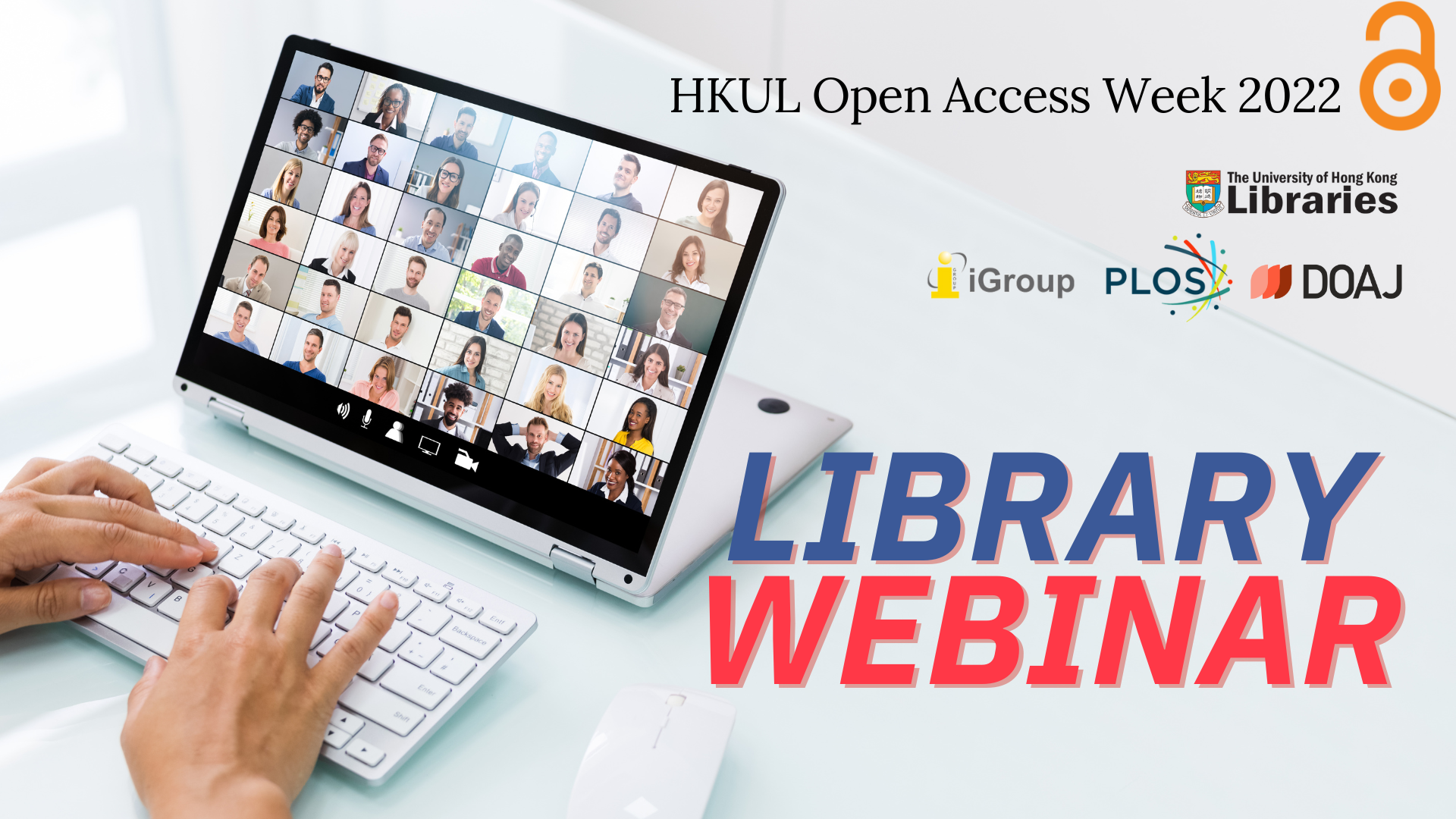
How to Identify and Avoid Disinformation and Misinformation
— by Florence Ng
Disinformation or misinformation is not a new phenomenon and they could be found anywhere in our daily lives. They may not only affect us in economical or social aspects, but also in academic studies and scientific research. First of all, let’s see the definitions of both “disinformation” and “misinformation”:
According to Saoirse and Bahareh (2020), the terms represent a broader landscape of false or warped information, while “disinformation” is spread intentionally, and “misinformation” is shared unintentionally.
They each sit on a scale that is measured on the intent to deceive. Misinformation is positioned at one end of the scale and defined as the “inadvertent sharing of false information” while disinformation sits at the opposing end and constitutes as “the deliberate creation and sharing of information known to be false” (Wardle, 2017).
From the above definitions, we can identify a clear difference between the two terms. Disinformation could be created and spread purposefully for personal gain or intentions, but misinformation is simply shared unknowingly, and in most cases the sharer might also perceive the shared contents to be true.
Why is it important to spot disinformation and misinformation?
Disinformation and misinformation can be harmful to individuals and further to our society when it spreads. Relying on false or misleading information could affect our thinking process and lead to poorly thought-out arguments, as well as poor decisions. They could divert individuals or even the public from constructive discussions and solutions to biased and chaotic conversations. It could be dangerous if it happens to the scientific research community. Let’s look at the news article from Science reported in July 2022 regarding a number of published article papers on Alzheimer’s disease that were concerned with manipulated and altered images.

Image source: Piller, C. (2022). Blots on a field? A neuroscience image sleuth finds signs of fabrication in scores of Alzheimer’s articles, threatening a reigning theory of the disease. Science, 377(6604), 358-363. https://doi.org/10.1126/science.add9993
In the news article, a key publication issued in 2006 affecting more than 16 years in researches for Alzheimer’s disease was reported with suspected falsified images. Investigators and experts were invited to review the findings and evidence were found to be supporting the suggestion of “falsified images”. The publisher of the paper, Nature, has expressed their concerns of the reports and inserted a note onto the paper warning readers on the suspected images and to cautiously take reference from the reported findings.
Misconduct in scientific research could be harmful and cause damages to the international research community as more funding could be used to conduct research building upon or replicating the published results.
How shall we identify and avoid disinformation or misinformation?
Academic libraries have been taking a role to provide education, training, and guidelines to develop the academic community members’ information and media literacy skills for finding, evaluating, and using information effectively through different communication channels. Disinformation and misinformation would be an issue to be addressed under this framework.
In 2017, The International Federation of Library Associations and Institutions (IFLA) issued an infographic summarizing the suggested actions to take when identifying disinformation or misinformation. The steps are useful in many contexts, from information received on social media to academic writings available on the Internet.

Image source: International Federation of Library Associations and Institutions (IFLA). (2017). How To Spot Fake News. IFLA Repository. https://repository.ifla.org/handle/123456789/167
Download the image (English version): https://repository.ifla.org/handle/123456789/167
Download the image (Chinese version): https://repository.ifla.org/handle/123456789/199
When reading academic articles and research output, it is also recommended to look at the followings for identifying trustable and reliable resources:
- Check the academic background of the author(s) and pay attention to the authors’ reputation and years of experience in the research / subject field(s)
- Examine the citations received by the article – the number of citations received (not applicable to new publications) and the quality of citations
Using the Library Resources
Information Literacy Training
One of the most essential tactics to combat disinformation and misinformation is to enhance information literacy skills in searching for reliable resources. The Libraries has been providing different workshops and training throughout the year to equip our HKU community members with skills in discovering trusted academic references on our online catalogue – Find@HKUL and subscribed databases, such as Scopus, Web of Science, ProQuest, Wiley, and many more. Please visit our Training Webpage to keep yourself updated with our latest workshops and online courses that are available for self-learning at any time.
Reference Checking
The HKU Libraries is also providing a useful tool for reference checking. Scite is a platform subscribed by the Libraries available for use by HKU staff and students. The reference check feature in Scite could help researchers and students to identify reliable references cited in a paper. In the example shown in our guide, there was a case that a retracted paper was cited in a paper, which may possibly affect the credibility of the publication.
In addition to the reference check feature, Scite could also categorize the citations received by a paper into three types: supporting, mentioning, and contrasting. If a paper receives a high number of citations with contrasting evidence, we have to be cautious in further checking the contents and others’ arguments.
To learn more on how to use Scite: please visit https://libguides.lib.hku.hk/scite.
Research Integrity and Support
For research paper writing, the Libraries is offering a series of research data management support services for ensuring research integrity at the University. Support services for planning and executing how you would organize, structure, store and care for your data during a research project are available and more details can be found on our Research Data Services website.
On top of research data, a comprehensive supporting guide for research support is also available at https://libguides.lib.hku.hk/researchsupport.
Take actions now and share the best practices with your classmates, colleagues, family and friends to stay away from disinformation and misinformation!
Reference:
Piller, C. (2022). Blots on a field? A neuroscience image sleuth finds signs of fabrication in scores of Alzheimer’s articles, threatening a reigning theory of the disease. Science, 377(6604), 358-363. https://doi.org/10.1126/science.add9993
Saoirse, D. P. & Bahareh, H. (2020). Information literacy and fake news: How the field of librarianship can help combat the epidemic of fake news. The Journal of Academic Librarianship, 46(5), 102218. https://doi.org/10.1016/j.acalib.2020.102218
Wardle, C. (2017, February 16). Fake news. It’s complicated. First Draft. https://firstdraftnews.org/articles/fake-news-complicated/


